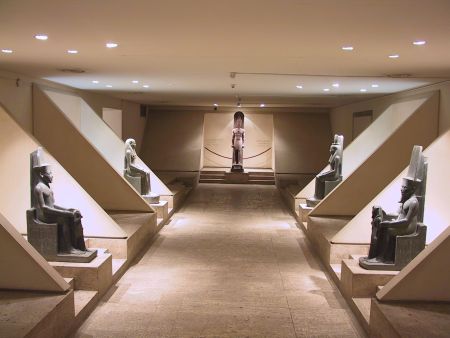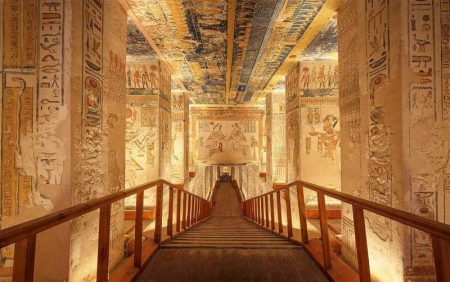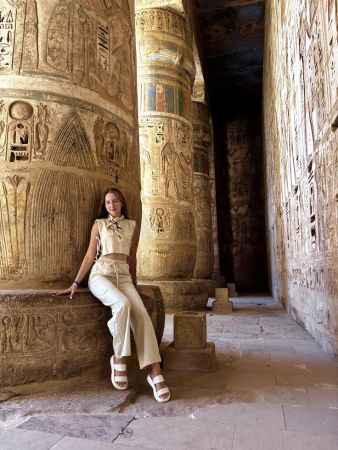The Valley of the Queens draws history buffs in and offers extraordinary views; Thus its worthy rulers entertain tales of Nefertari's wonder tomb, with fancy carvings and colors that have faded over time. Every list of things to do in Luxor should put this remarkable necropolis on top. Today, it stands among the highest-ranked Luxor attractions. For anyone eager to learn about history and culture, this ancestral jewel by the Luxor West Bank tour circuit must be visited-whether for an impromptu day trip in Luxor or on guided day tours to Luxor.

What is The Valley of the Queens?
Located on the west of the Nile from Luxor, The Valley of the Queens is a burial site. It was used as a resting place for the queens, princesses, and noble women during the era known as the New Kingdom of Egypt. Truly, this valley is one of the treasures of Egypt and a prime one for any tourist coming to Luxor for history.
Why Include The Valley of the Queens in Your Luxor Day Tour?
The visit to The Valley of the Queens would provide a glimpse into the world of powerful women of Ancient Egypt. On your day trip to Luxor, you will see beautifully decorated tombs, including that of the aforementioned Queen Nefertari, which is famed for its artwork. This site acts as the complement for other major stops on your day tours in Luxor and enhances your understanding of the Egyptian royal traditions.

More About The Valley of the Queens
Tomb of Queen Nefertari (QV66): Marvel at beautiful murals and hieroglyphs, narrating the tales of her life and beliefs.
Art and Architecture: Witness the ancient artisans' skill through colorful paintings and elaborate designs within the tombs.
Historical Significance: Discover the role of powerful women and how their tombs reflected their status in ancient Egyptian society.
How to see The Valley of the Queens on a Luxor West Bank Tour
The Valley of the Queens is often a star attraction in most Luxor West Bank tours. Such tours are likely to be combined with equally exciting visits to the Valley of the Kings and the Colossi of Memnon, making your day tours in Luxor an exciting mix of adventure and culture.

Tips for Going to The Valley of the Queens
Go early in the day.
Wear comfortable shoes. Bring water with you - extensive walking through tombs with lots of stairs.
Respect the site rules to protect this invaluable historical site for the coming generation.
A visit to The Valley of the Queens is more than just sightseeing—it's a journey into the heart of ancient Egyptian civilization. From the stunning tomb of Queen Nefertari to the intricate carvings and vibrant colors that have withstood the test of time, this site offers a deeper understanding of Egypt’s royal legacy. If you're compiling your list of things to do in Luxor, make sure this remarkable necropolis is at the top. Whether you’re enjoying a quick day trip to Luxor, joining Luxor excursions, or taking part in guided day tours in Luxor, this historical gem on the Luxor West Bank tour route is a must-see for every curious traveler and history lover.










